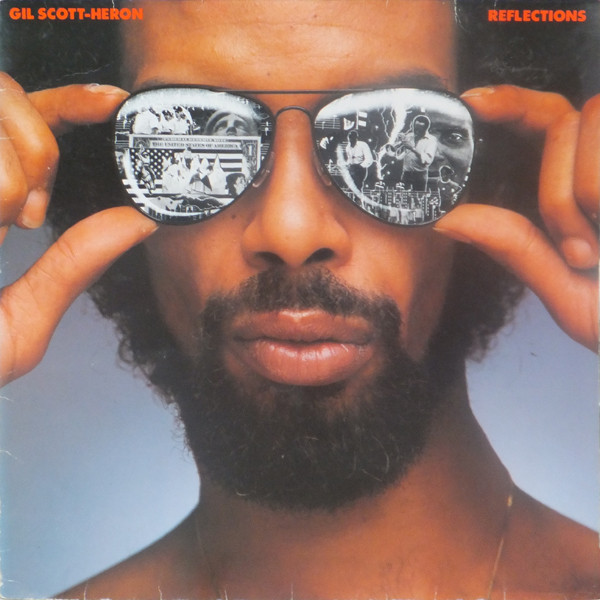Today, April 1 marks the date of birth of the melodic wordsmith who would have turned 70 years old. Gil Scott-Heron is commonly referred to as the “Godfather of Rap” by those who hoard the parameters of Hip-Hop. Public Enemy’s Chuck D heralded Scott-Heron as “the manifestation of the spoken word” in a 2010 profile on the late Harlem renaissance poet for The New Yorker. Mister D projects fairness in his analysis. This is simply because Gil Scott-Heron’s amplification in Hip-Hop is bigger than just being a legendary precursor of the music genre’s rap element.
Scott-Heron often referred to himself as being a “bluesologist” due to his self-imposed dedication to the history of blues. Being a Chicago born Black child of an opera songstress mother and fairly honorable football player father of Jamaican heritage, he was bonded with the cultural aesthetic the blues offered the Black household in North America. Blues music, unarguably a musical art form that is reflective of the spiritual possession of Black people, universally, it is one of the earliest modern melodic manifestations to tell the tale of all sectors of the Black strife. And of course, this purpose is in sync with jazz, a blatant Scott-Heron influence. His self-identification as a “bluesologist” is proved through his signature symphonic utterance that was back up by live tumbadoras and drums in company with his mastery of the guitar and piano.
The revolution will not be brought to you by the Schaefer Award Theatre and will not star Natalie Wood and Steve McQueen or Bullwinkle and Julia
The revolution will not give your mouth sex appeal
The revolution will not get rid of the nubs
The revolution will not make you look five pounds thinner because the revolution will not be televised, Brother
Scott-Heron’s most renowned work to date is 1971’s “The Revolution Will Not Be Televised.” Released towards the foot of the Black Arts Movement, the poem is a reactant body of rhetoric geared towards the reality and integrity of Black liberation in North America. The work is a reflection of the live state of America’s obsession with pop culture, active police brutality, and the glaring drug culture which was centered around New York City’s Black mecca, Harlem. Relatively, the poem was featured on Scott-Heron’s debut album Small Talk at 125th and Lenox which highlights the town’s premier corner.
“The Revolution Will Not Be Televised” had a magnetic effect on those who owned the capability to relate. At most, the residents of so-called “urban” communities that are predominantly, black. The context of the piece is allied with blues and jazz appreciators who are experience bodies of the Harlem Renaissance and Black Arts Movement. These individuals are the mothers and fathers of babies born in the late 1950s, ’60s, and ’70s. These are the children who brewed the infancy of Hip-Hop’s rap element.
There will be no pictures of pigs shooting down brothers on the instant replay
There will be no pictures of pigs shooting down brothers on the instant replay
Scott-Heron’s way of melodically reporting the stricken position of his community, with mind-boggling references, stern witt, and tranquilizing energy accompanied by a remote message had a magnetic appeal towards the youth of the 1970s and ’80s. Just like any music genre, having the ability to resonate with your audience and beyond is the master key to legacy. Utilizing the art of spoken word from a warming perspective, inspired post generations to take the art and use it as a tool to project their own pride and remorse. Evident in the works of rap successors in the likes of Public Enemy, Common, Mos Def, and Kanye West, Gil-Scott Heron not only secured the motive of unapologetic conscious rapping but inspired the blueprint of rap’s wide range of multiple lanes that lead to matters that go beyond the manifestation of rapping. This is the coming of the Hip-Hop emcee.
